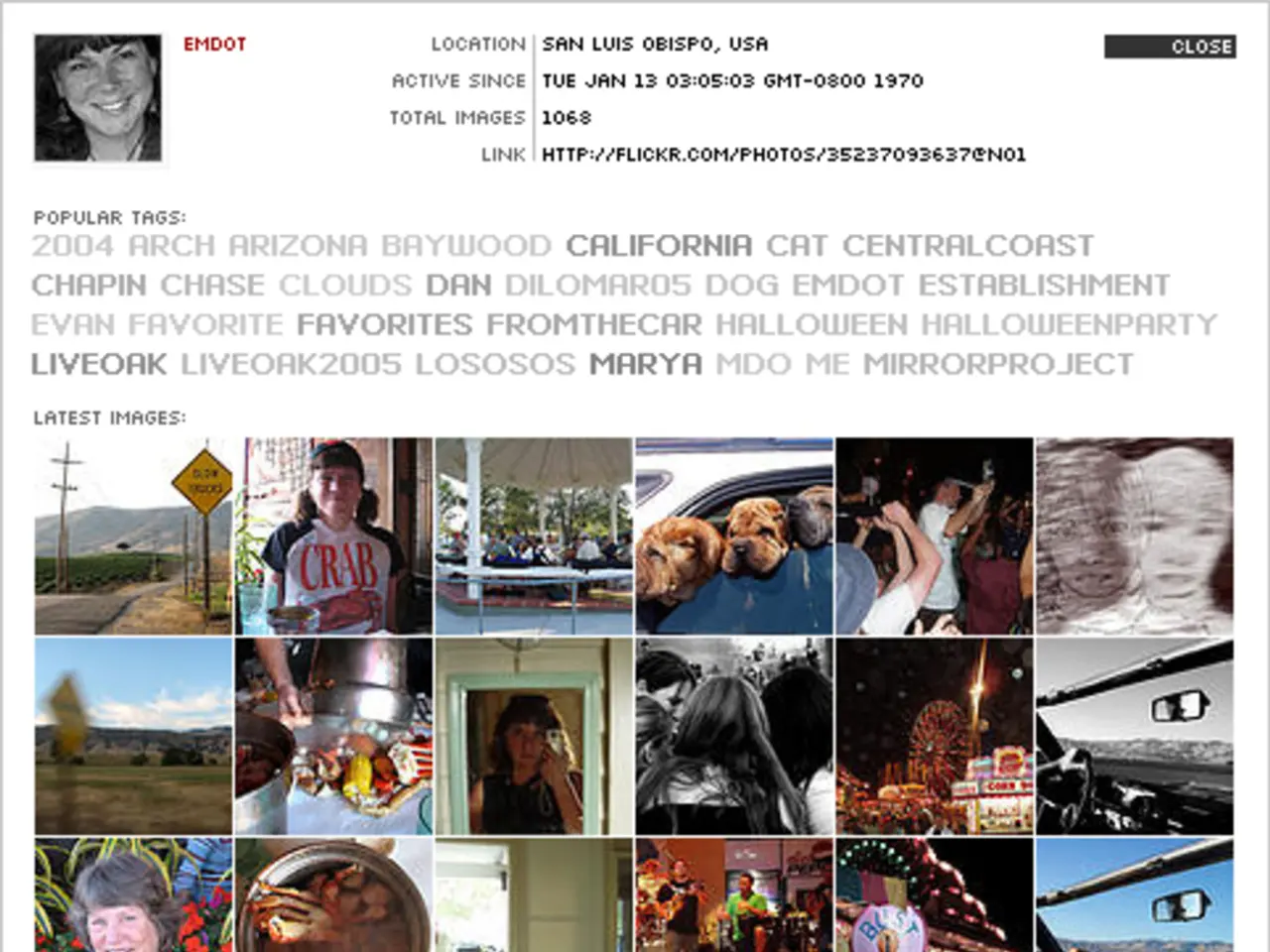Boosting Computer Vision: Discover the Top 7 Strategies Utilizing RAG
In the rapidly evolving world of artificial intelligence (AI), Retrieval Augmented Generation (RAG) is making significant strides, particularly in language models. However, its potential extends beyond language, with promising applications in computer vision.
**Retrieval Augmented Generation (RAG): An Overview**
RAG is a system that enables AI to access external knowledge bases during inference time, improving contextual understanding and reasoning. It operates in three stages: Retriever, Reader, and Generation Engine. The Retriever searches for relevant content, the Reader uses this data as context, and the Generation Engine combines the query and retrieved data to produce a response.
**Applications in Computer Vision**
While RAG is not directly applied to computer vision, its concepts can inspire similar approaches. For instance, image retrieval techniques could be used for tasks like image classification or object detection. Additionally, retrieved images or data could augment training datasets, improving model accuracy without extensive retraining.
**Traditional RAG Applications**
Traditional RAG is prevalent in various sectors, including AI customer service, financial advice, internal tools, and compliance assistance. It pulls from up-to-date support articles, live market data, HR documents, and regulatory documents, respectively.
**Limitations and Challenges**
Despite its benefits, RAG faces several challenges. Its effectiveness heavily depends on the quality and relevance of the retrieved data. Implementation can be complex, requiring an external knowledge source and integration with the model. Regular updates are necessary to maintain accuracy.
**Multimodal RAG: The Future of Computer Vision**
Multimodal Retrieval Augmented Generation (MM-RAG) combines text, images, audio, and video data, potentially enhancing computer vision tasks by integrating visual data with text or other modalities.
**Impact on Autonomous Systems**
Autonomous systems can greatly benefit from RAG's transparency of decisions for safety-critical applications. For example, it can improve understanding of pedestrian behavior patterns, traffic regulations, and safety protocols for autonomous vehicles and robots.
**The Future of RAG in Computer Vision**
The future outlook for RAG application in Computer Vision includes real-time adaptation, multimodal integration, personalized knowledge bases, edge computing, augmented reality, IoT systems, collaborative AI, and cross-domain applications.
From personalized and context-aware content creation to advanced visual question answering and dialogue systems, RAG is transforming the way we interface with AI in our visualized world. Its focus should always be on augmenting human capabilities rather than replacing human judgment.
Machine learning algorithms can be enhanced by integrating Retrieval Augmented Generation (RAG) concepts in image retrieval techniques, improving the accuracy of tasks like image classification and object detection. Moreover, in the future, Multimodal Retrieval Augmented Generation (MM-RAG) could augment computer vision tasks by integrating visual data with text or other modalities, potentially enhancing autonomy in systems like autonomous vehicles and robots.




